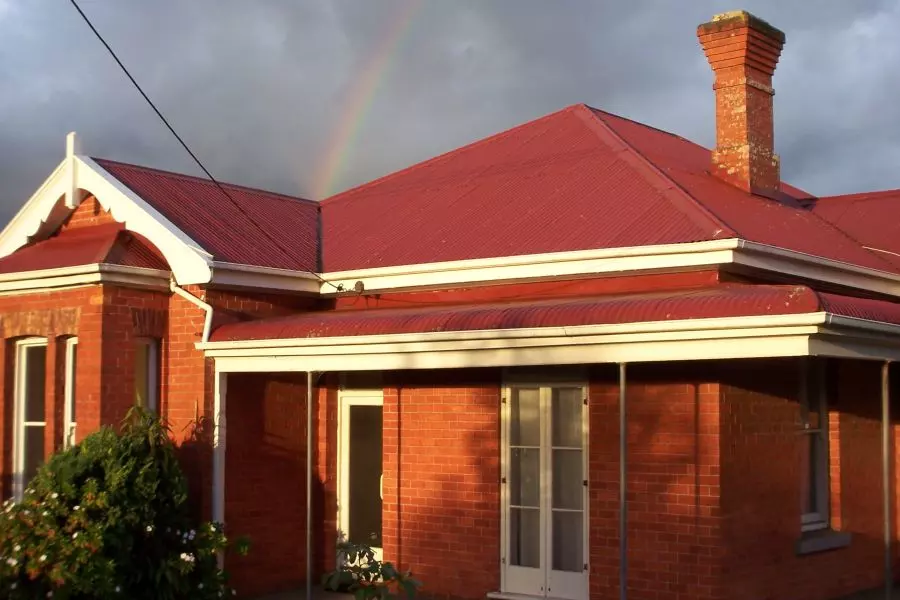News
Local factors driving yields: Report

Wednesday 23rd of July 2014
ANZ’s economists have looked at yields across the country as part of their latest Property Focus report.
They have determined yields based on REINZ median dwelling sales price compared to tenancy bond data. The higher the yield, the lower the house price relative to the sum of rental payments.
The report looked at 12 regions over the past 20 years.
Nationwide, the...
Want to read the full article?
Click the button below to subscribe and will have unlimited access to full article and all other articles on the site.






![[The Wrap] Bye Bye Bayly](https://goodreturns.publit.io/file/c_fill,w_900,h_600/39f23ac1-f7c7-4854-b700-a150004ebbac.webp)


